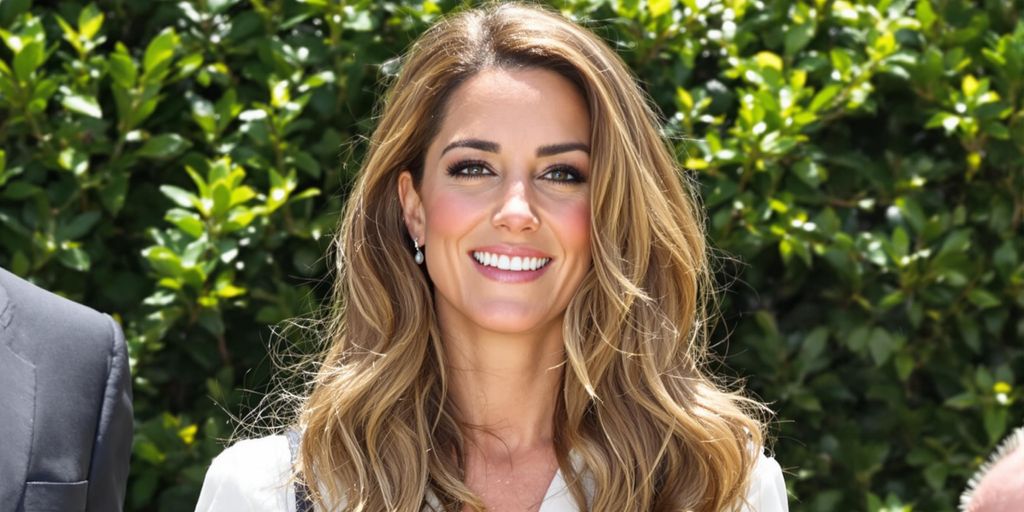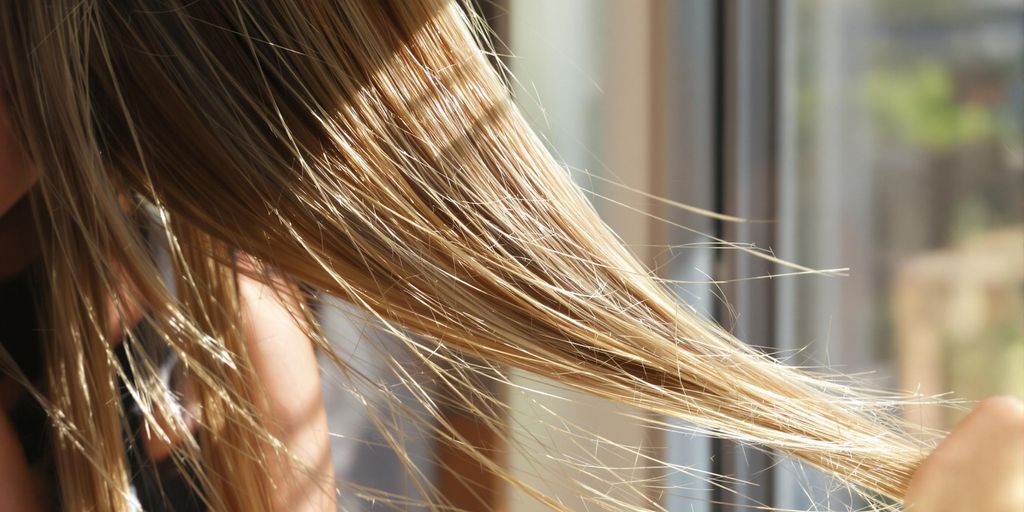Relaxing your hair has long been a popular choice in hair maintenance, but it is essential to understand what the term exactly means. Chemically relaxing one’s hair uses the same chemicals used for a perm, which works by breaking down the hair’s natural bonds and setting a new hair texture by combing the hair straight. Renowned Beverly Hills stylist, Jennifer Thomas, explains the process as breaking down the hair’s disulfide bonds – the chemical chains that hold the hair’s structure together and contribute to its natural characteristics. When these romantic bonds are broken, they are irreversible, leaving the hair in a state of permanent straightness.
The decision of having chemically-relaxed hair comes with its pros and cons. For people with naturally wavy or coily hair, relaxed hair can be much easier to manage and style. The hair requires lesser time and effort for daily maintenance once styled. Additionally, relaxed hair can resist humid or rainy weather conditions, maintaining its straightened state without returning to its natural texture. As such, this makes it a preferred option for people seeking a sleek, low-maintenance hairstyle.
However, there are potential downsides to consider with chemically-relaxed hair, particularly if not properly taken care of. Stylists often warn that neglect in maintaining relaxed hair can leave it prone to breakage and dryness. Ensuring the wellness of relaxed hair requires regular deep conditioning, protein treatments, and trims every three months. Furthermore, regular retouching is necessary as the line where the relaxed hair meets the natural regrowth hair is extremely delicate. This necessitates staying on top of these treatments to keep relaxed hair healthy and durable.
Caring for relaxed hair demands a higher level of attention to prevent damage and keep its vitality. Experts often advise important steps like deep conditioning moistures to keep healthy relaxed hair. Regular use of leave-in conditioners or nourishing oils is vital for maintaining hydration and softness of the hair. In addition to moisturizing, protein treatments every couple of weeks strengthen the hair by replenishing lost keratin and maintaining the hair’s structure and resilience. Balance is key here, as an excess of protein can lead to stiff, dry hair.
To manage and prevent split ends effectively, regular trims every 8 to 12 weeks will help to eliminate damaged ends and promote healthy growth. Along with avoiding heat styles and rough treatment to prevent excess damage, utilizing a good heat protectant while styling to shield the hair from potential harm is recommended.
The maintenance of your relaxed hair’s integrity requires spacing relaxer touch-ups every 8 to 12 weeks to avoid overlapping and breakage that can result from frequent or incorrect application of relaxers. It is crucial for stylists to manage the processing of the hair ends properly to maintain a healthy balance throughout the hair.
Moisturizing the hair at a frequency that matches the specific condition of individual hair quality at home is important. If the hair feels dry or brittle, it may indicate a need for more frequent moisturizing. The right balance of moisture is also key to keeping relaxed hair soft and manageable. Experts often recommend a light oil or serum to ensure long-lasting hydration throughout the day.
Transitioning from relaxed hair to natural hair can be a smooth journey with the right methods. One way is to pull the hair back into an updo or ponytail to disguise the differences in texture. Another alternative is to cut away the relaxed ends gradually as the natural hair grows out. This method allows for a fresh start while maintaining a trendy appearance throughout the transition.





